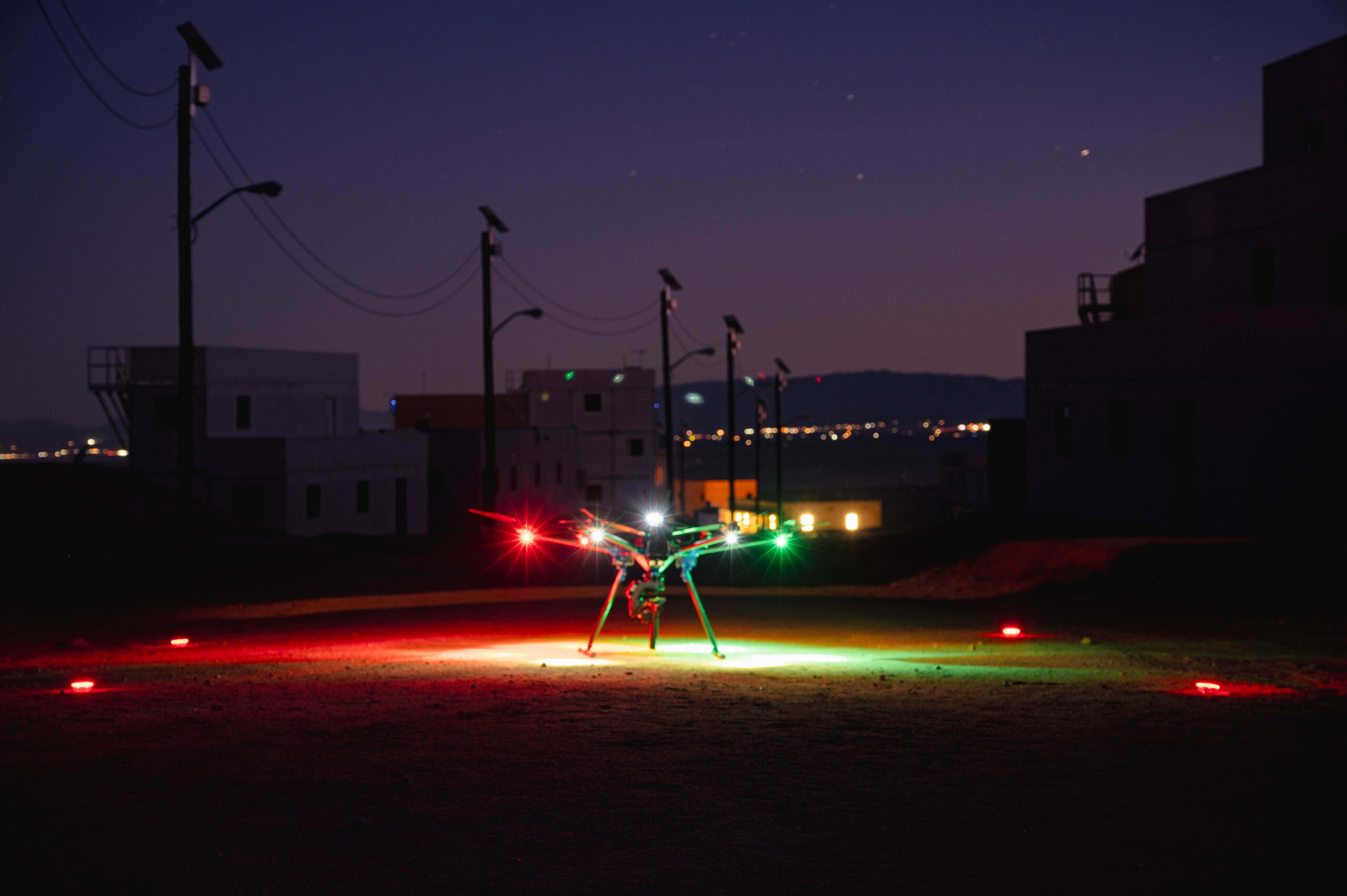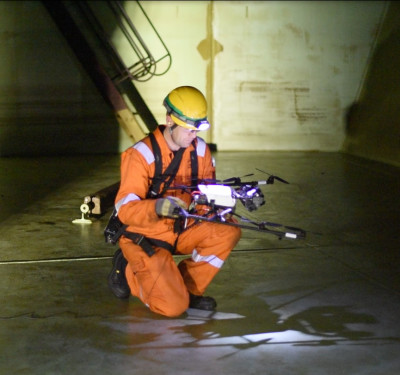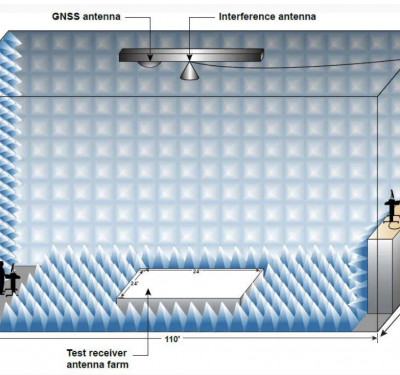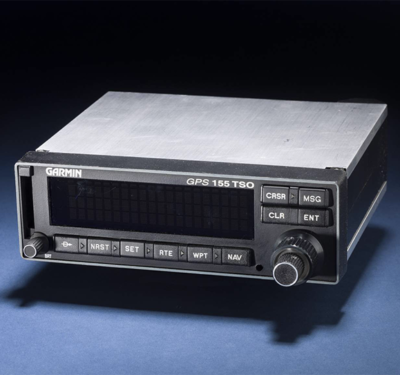The Defense Innovation Unit hosted the first annual Blue UAS Refresh event at the Marine Corps Air Ground Combat Center, Twentynine Palms, California. A team of more than 40 military drone end-users representing each service and several major program offices evaluated more than 35 uncrewed aerial systems (UAS) and capabilities to support the Department of Defense’s (DoD) ability to quickly scale and field commercially produced unmanned aerial systems and related technologies.

The three-day challenge supported more than 150 day and night flights, with each platform flying an average of six flights. Multiple categories of platforms were evaluated including first person view, drones classified as Group 1, Group 2, and Group 3 by the U.S. military based on their maximum weight and normal operating altitude, as well as components (sensors, radios, gimbals, etc.) and software capabilities through testing operationally relevant scenarios representing the challenges warfighters face across the joint force.
Key to this event:
- The majority of platforms were also observed for any effects of Electronic Warfare in response to jamming that targeted their Command and Control links.
- Commercial partners received direct and unfiltered feedback from operational end users providing unique access to essential, valuable information.
- DoD evaluators gained exposure to a wide variety of capabilities to address unique problem sets.
At the end of the challenge, military UAS operators provided evaluations on the effectiveness and ability of the platforms and capabilities to meet their current and emerging mission sets. Feedback included ratings on modularity, ease of use, mission planning, and fit to the capability gaps end users have.
Today, there are three paths to procurement of UAS platforms in DoD. The first is via a traditional program of record, which results in less capable, more expensive systems that lag the technological frontier by multiple generations. The second is through an exception to policy procedure which imposes extensive time and paperwork burdens on acquiring units. The third is through Blue UAS.
DIU’s Blue UAS effort provides a comprehensive and continuous approach to rapidly vet and verify commercial UAS technology for the DoD and U.S. Government. The Blue UAS List provides and maintains access to a robust roster of policy approved commercial UAS which suit the diverse needs of DoD users. It operates in accordance with the 2020 and 2023 NDAA’s and the 2024 American Security Drone Act. All drones on the Blue UAS list have a Global Authority to Operate (ATO), placing no additional paperwork burden for approved use anywhere in the world.
DIU will begin announcing the updated Blue UAS list on a rolling basis in December 2024 following verification of NDAA compliance and finalization of ATO’s. Current Blue UAS companies that are not renewed have an opportunity to be added to AUVSI’s Green UAS list to continue selling to non-DOD government agencies and entities that require proof of NDAA compliance.
In an effort to continue to strengthen the UAS industrial base, DIU works closely with AUVSI, the trade organization for the autonomous systems industry. In 2023, AUVSI launched the Green UAS Certification that builds upon DIU’s Blue UAS efforts that serves the commercial and non-defense drone community. Green UAS provides access to the same level of verification and certification for cybersecurity and NDAA supply chain compliance. Green UAS compliant drones that have a DoD customer/sponsor willing to sponsor and fund a DoD ATO may have the opportunity to transition from the Green UAS cleared list to the Blue UAS cleared list.






